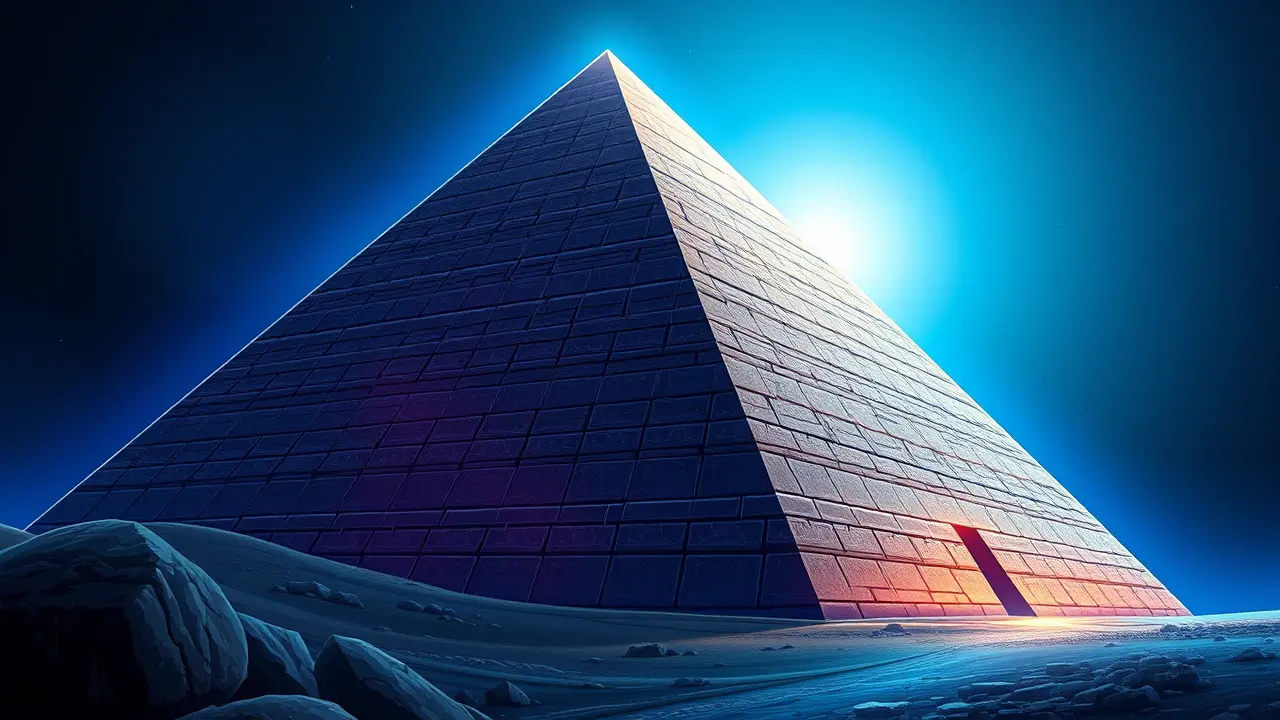
SciencearchaeologyExcavations and Discoveries
Voids in Menkaure Pyramid May Reveal Lost Entrance
TH
Thomas Green
3 hours ago7 min read
The recent discovery of what scientists are cautiously calling 'air-filled voids' within the Menkaure Pyramid at Giza is sending ripples through the world of archaeology and Egyptology, not merely as a footnote but as a potential paradigm shift in our understanding of ancient engineering. These enigmatic gaps, pinpointed not by invasive drilling but through a sophisticated technological trifecta of muography, ground-penetrating radar, and thermal imaging, represent a ghost in the machine of this 4,500-year-old structure.For centuries, the Giza plateau has been scrutinized, yet the smallest of the three main pyramids has often lingered in the shadow of its larger counterparts, Khafre and the Great Pyramid of Khufu. The prevailing assumption was that its internal layout was relatively straightforward, a known quantity.This discovery shatters that complacency. The specific configuration and alignment of these voids are what fuel the most tantalizing hypothesis: that they may not be mere structural anomalies or collapsed chambers, but could instead signify a lost or sealed entrance, a portal to passages and rooms that have been hidden from sight since the age of the pharaohs.Imagine the implications—a primary access point, deliberately obscured by the pyramid's builders, perhaps as a security measure against the very tomb robbers they feared, or as part of a more complex, yet-to-be-decipheredsymbolic journey for the king's soul into the afterlife. This isn't just about finding a new corridor; it's about re-interpreting the architectural intent of an entire civilization.Experts from the international ScanPyramids project, who led this non-invasive investigation, are rightly exercising extreme caution, emphasizing that 'void' is a neutral term that could indicate a construction gap, a deliberate relieving chamber to distribute the immense weight of the masonry, or indeed, a passageway. The next phase, which will likely involve deploying miniature robotic cameras through the smallest of boreholes, is fraught with both ethical and practical challenges.One miscalculation could damage irreplaceable stonework or disturb a micro-climate that has preserved organic materials for millennia. The ghost of the Djedi robot project, which explored narrow shafts in the Great Pyramid over a decade ago, looms large, a reminder of both the potential and the pitfalls of such endeavors.If this void does prove to be a sealed entrance, it would be the most significant find at Giza in decades, potentially offering an undisturbed glimpse into the final rituals and provisions for Pharaoh Menkaure, and forcing a rewrite of the chapters on Old Kingdom funerary practices. It’s a cosmic puzzle, a testament to how the ancients still hold secrets that our most advanced 21st-century technology can only begin to hint at, reminding us that the sands of Egypt have not yet yielded all their wonders.
#featured
#Egyptian pyramids
#Giza
#Menkaure
#archaeology
#non-invasive scanning
#voids
#lost entrance
Stay Informed. Act Smarter.
Get weekly highlights, major headlines, and expert insights — then put your knowledge to work in our live prediction markets.
© 2025 Outpoll Service LTD. All rights reserved.